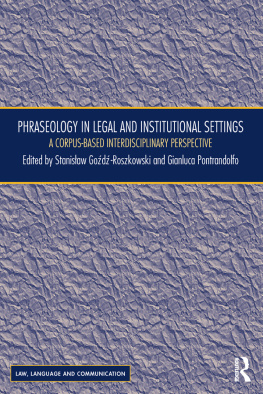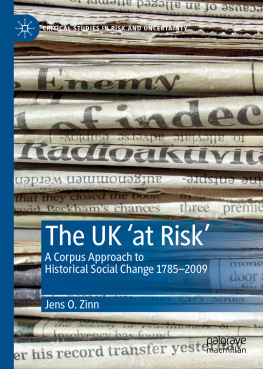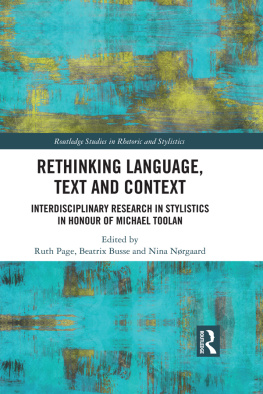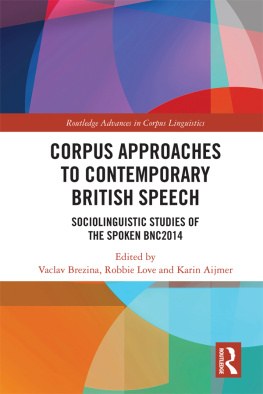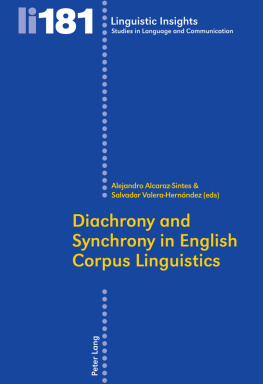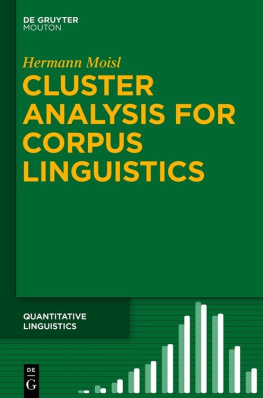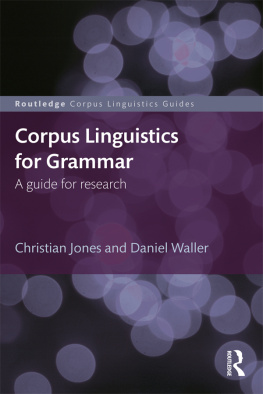First published 2018
by Routledge
2 Park Square, Milton Park, Abingdon, Oxon OX14 4RN
and by Routledge
711 Third Avenue, New York, NY 10017
Routledge is an imprint of the Taylor & Francis Group, an informa business
2018 selection and editorial matter, Stanisaw God-Roszkowski and Gianluca Pontrandolfo; individual chapters, the contributors
The right of the editors to be identified as the authors of the editorial material, and of the authors for their individual chapters, has been asserted in accordance with sections 77 and 78 of the Copyright, Designs and Patents Act 1988.
All rights reserved. No part of this book may be reprinted or reproduced or utilised in any form or by any electronic, mechanical, or other means, now known or hereafter invented, including photocopying and recording, or in any information storage or retrieval system, without permission in writing from the publishers.
Trademark notice: Product or corporate names may be trademarks or registered trademarks, and are used only for identification and explanation without intent to infringe.
British Library Cataloguing-in-Publication Data
A catalogue record for this book is available from the British Library
Library of Congress Cataloging-in-Publication Data
A catalog record for this book has been requested
ISBN: 978-1-138-21436-1 (hbk)
ISBN: 978-1-315-44572-4 (ebk)
Typeset in Galliard
by Apex CoVantage, LLC

This book convincingly demonstrates the versatility of corpus linguistic methods for the study of legal phraseology, which makes these methods relevant for many different strands of the study of legal communication, among them translation, comparative legal studies and questions of discourse.
Jan Engberg , Aarhus University, Denmark
For those of us concerned with legal texts, legal phraseology is a vital but under researched aspect of our daily lives. This timely book is unquestionably invaluable reading, offering an excellent review of carefully researched recent methodological advances. It provides essential, insightful, informative reflections suggesting diverse, innovative avenues of research.
Catherine Way , University of Granada, Spain
The nuances of legal language have mystified people inside and outside the legal profession for centuries. This volume provides a major step forward in understanding how and why actors within the legal system write and speak as they do. The book should be of great interest not only to legal and linguistic academics, but also to those who work to craft legal language in legislatures and elsewhere.
Lawrence M. Solan , Brooklyn Law School, USA
This volume, edited by two outstanding scholars in the field, gives an impressive overview of cutting-edge approaches to the study of legal phraseology. The combination of quantitative corpus linguistics and qualitative discourse analysis extends our understanding of legal phraseology across a diversity of European legal languages and legal systems. Everybody interested in phraseology, corpus linguistics, and translation studies should read this book.
Anne Lise Kjr , University of Copenhagen, Denmark
Law, Language and Communication
Series Editors
Anne Wagner, Universit du Littoral Cte dOpale, France and Vijay Kumar Bhatia, formerly of City University of Hong Kong
This series encourages innovative and integrated perspectives within and across the boundaries of law, language and communication, with particular emphasis on issues of communication in specialized socio-legal and professional contexts. It seeks to bring together a range of diverse yet cumulative research traditions in order to identify and encourage interdisciplinary research.
The series welcomes proposals both edited collections as well as single-authored monographs emphasizing critical approaches to law, language and communication, identifying and discussing issues, proposing solutions to problems, offering analyses in areas such as legal construction, interpretation, translation and de-codification.
Other titles in the series
Language and Culture in EU Law
Multidisciplinary Perspectives
Edited by Susan arevi
ISBN 978-1-4724-2897-4
Towards Recognition of Minority Groups
Legal and Communication Strategies
Edited by Marek Zirk-Sadowski, Bartosz Wojciechowski and Karolina M. Cern
ISBN 978-1-4724-4490-5
The Ashgate Handbook of Legal Translation
Edited by Le Cheng, King Kui Sin and Anne Wagner
ISBN 978-1-4094-6966-7
Legal Lexicography
A Comparative Perspective
Edited by Mirtn Mac Aodha
ISBN 978-1-4094-5441-0
www.routledge.com/Law-Language-and-Communication/book-series/
LAWLANGCOMM
Contents
STANISAW GOD-ROSZKOWSKI AND GIANLUCA PONTRANDOLFO
PART I
Phraseology, translation and multilingualism
UCJA BIEL
DANIELE ORLANDO
ELSA HUERTAS BARROS AND MRIAM BUENDA CASTRO
MRIAM BUENDA CASTRO AND PAMELA FABER
PART II
Phraseology and contrastive studies
ALEKSANDAR TRKLJA
ESTHER MONZ NEBOT
RAPHAEL SALKIE
STANISAW GOD-ROSZKOWSKI
JOANNA KOPACZYK
PART III
Phraseology and English legal discourse
DAVIDE MAZZI
KATJA DOBRI BASANEE
RUTH BREEZE
MAGDALENA SZCZYRBAK
SAMUEL LARNER
Guide
Part I
Phraseology, translation and multilingualism
Part III
Phraseology and English legal discourse
7
Legal phraseology in contrast
Raphael Salkie
Introduction
Expressions with the fact that are common in spoken and written English, with nearly 13,000 occurrences in the British National Corpus. This chapter analyses such expressions when they are used in legal language, with the help of their translation equivalents in German.
To set the scene, here is an example from the Acquis Communautaire archive (see Corpus and Methodology for more about this corpus):
- (1) In setting the fines, the Commission also took into account the duration of the infringement, the large size and overall resources of some of the undertakings and the fact that some of the undertakings were addressees of previous Commission decisions establishing infringements of the same type.
In (1) we have a construction consisting of the fact that followed by the noun complement clause some of the undertakings were addressees of previous Commission decisions establishing infringements of the same type. The entire construction functions as the object (in fact, the third of three conjoined objects) of the multi-word verb take into account in the matrix clause. One can get a sense of the extraordinary range and versatility of the phraseological unit the fact that from Hunston (2011): five pages in that study list 43 sub-types with different verbs and prepositions in the New Scientist corpus ( due to the fact that , stems from the fact that , lose sight of the fact that , etc.). Hunston also presents six more examples where the expression is clause-initial (e.g. The fact that P. suturalis has two different forms of shell needs a different kind of explanation ) (2011: 112116). Illuminating though her discussion is, it serves to indicate only some of the wide variety of uses of the fact that (Hunston does not mention examples like (1) where the construction is in object position), and to show the pressing need for more extensive analysis.
Despite the frequency of expressions with the fact that , they have hitherto been the subject of rather sparse and fragmentary research, probably for two main reasons. One is the relatively limited literature on noun complement clauses in general (but see Francis (1993), Ballier (2007) and Kant (2010) for some enlightening analysis and reviews of the literature). The second reason is that the field of phraseology did not become firmly established until recent times. Theoretical models which take phrases seriously, such as Pattern Grammar and Construction Grammar, are still quite new; and large corpora, along with the software to recognise and quantify the occurrence of words and phrases, have only been widely available in the last two decades. Lexicographers have, of course, long been very aware of multi-word expressions (MWEs), but detailed discussion of the practical and theoretical issues of identifying and classifying them has been rare: see Atkins and Rundell (2008: 166ff.) for a rare exception.

